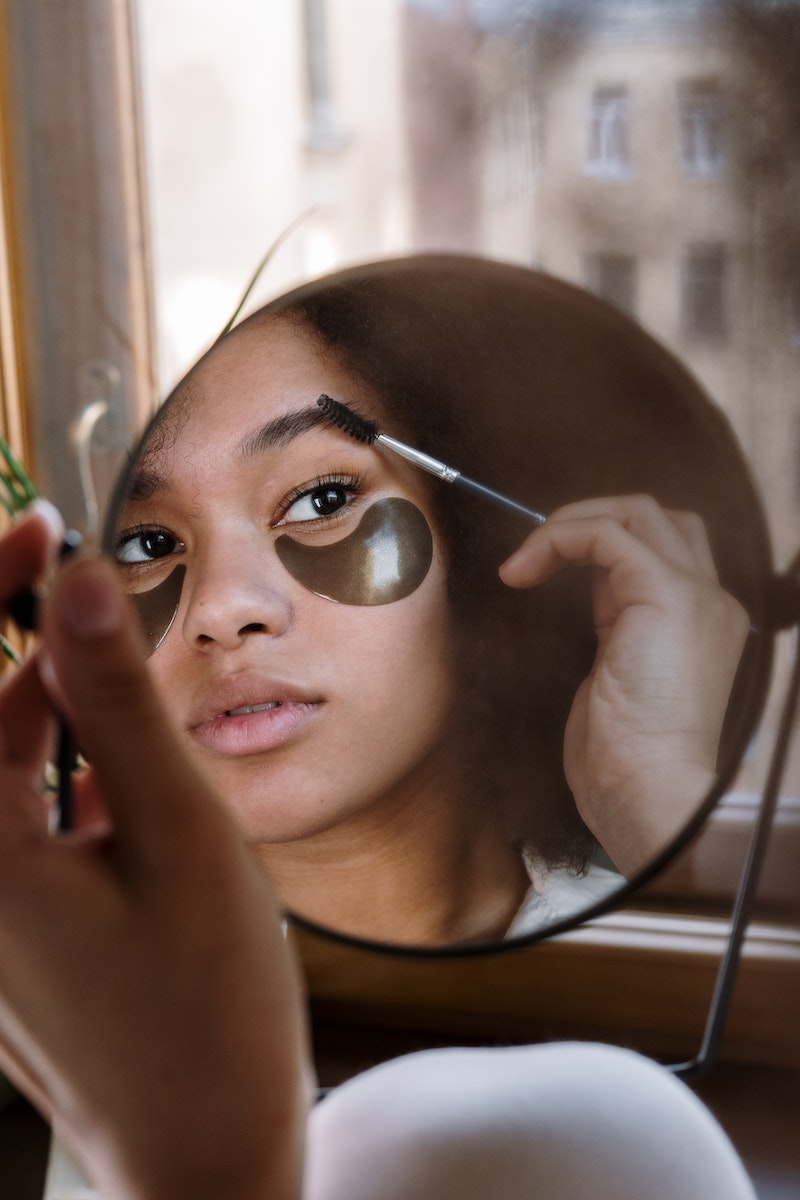In today’s fast-paced world, where stress and anxiety have become all too common, finding effective ways to relax and unwind is crucial for our overall well-being. One powerful and often underestimated technique is muscle relaxation. By intentionally releasing tension from our muscles, we can experience a profound sense of calm and rejuvenation. In this article, we will explore the benefits of muscle relaxation and how it can positively impact various aspects of our lives.
Understanding Muscle Relaxation
Muscle relaxation involves deliberately reducing the tension in our muscles, both through physical and mental strategies. It is an excellent technique for achieving deep relaxation and can be practiced in various ways. By focusing on specific muscle groups and consciously releasing any stiffness or tightness, we can invite a sense of relief and tranquility into our bodies.
Muscle relaxation techniques can be practiced through methods such as progressive muscle relaxation (PMR), deep breathing exercises, and yoga and stretching routines. PMR, for example, involves systematically tensing and then relaxing different muscle groups. By starting from your feet and gradually moving up to your head, you can systematically release tension and experience a state of deep relaxation.
The Benefits of Muscle Relaxation
1. Stress Reduction
One of the primary benefits of muscle relaxation is its ability to reduce stress levels. When we experience stress, our muscles tend to tighten as a natural response. This tension can become chronic and lead to discomfort and pain. By intentionally relaxing these muscles, we can reverse this physiological reaction, sending a signal to our brain that it is safe to let go of stress.
Regular practice of muscle relaxation techniques, such as PMR, deep breathing, and yoga, can help lower our stress hormone levels, promoting a greater sense of calm and well-being. It allows us to release the built-up tension in our muscles, providing a physical and mental release from stress.
2. Improved Sleep Quality
Muscle relaxation has been found to have a positive impact on sleep quality. By incorporating relaxation techniques into our bedtime routine, we can prepare our bodies and minds for a restful night’s sleep. The release of tension from our muscles helps us enter a more relaxed state, making it easier to fall asleep and stay asleep throughout the night.
When our muscles are relaxed, our bodies are better able to achieve a state of deep relaxation, allowing for more restorative sleep. Improved sleep not only enhances our physical health but also boosts cognitive function and emotional well-being. It allows us to wake up feeling refreshed and rejuvenated, ready to face the day with clarity and energy.
3. Pain Management
Muscle relaxation techniques can be highly effective in managing chronic pain conditions. When we experience pain, our muscles often tense up, exacerbating the discomfort. By consciously relaxing these muscles, we can alleviate some of the pain and discomfort associated with various conditions, such as tension headaches, fibromyalgia, or back pain.
Regular practice of muscle relaxation can help reduce reliance on pain medication and provide natural relief. By incorporating techniques like PMR, deep breathing, and yoga into our daily routine, we can build resilience against pain and improve our overall quality of life.
4. Enhanced Mental Clarity
The act of consciously relaxing our muscles not only benefits our physical well-being but also has a positive impact on our mental clarity. When our muscles are tense, our minds tend to follow suit, leading to feelings of restlessness and mental fatigue. By relaxing our muscles, we create a ripple effect that allows our minds to enter a calmer state.
Muscle relaxation promotes a state of mental clarity, allowing us to think more clearly, focus better, and improve our overall cognitive function. It can enhance productivity and creativity, enabling us to tackle tasks with a renewed sense of clarity and efficiency.
5. Emotional Balance
Muscle relaxation techniques can also help restore emotional balance. When we hold tension in our muscles, it often correlates with emotional stress and anxiety. By releasing this tension, we create space for emotional release and healing. Muscle relaxation promotes a sense of calm, allowing us to better regulate our emotions and respond to challenging situations with greater resilience and clarity.
By incorporating muscle relaxation techniques into our daily lives, we can cultivate emotional resilience and improve our overall emotional well-being. It provides us with a valuable tool to manage stress, anxiety, and emotional upheavals, allowing us to navigate life’s challenges with greater ease and composure.
How to Practice Muscle Relaxation
Now that we understand the benefits of muscle relaxation, let’s explore some practical techniques to incorporate into our daily lives:
Progressive Muscle Relaxation (PMR)
PMR is a widely practiced muscle relaxation technique that involves systematically tensing and then relaxing different muscle groups. Start by focusing on one muscle group at a time, tensing it for a few seconds, and then releasing the tension while paying attention to the sensation of relaxation. Gradually move through each muscle group, from your feet to your head, allowing yourself to fully experience the relief and calmness that follows.
By regularly practicing PMR, you can train your body to recognize the difference between tension and relaxation, allowing you to consciously release tension whenever needed. It is a simple and effective technique that can be done anywhere, at any time.
Deep Breathing
Deep breathing exercises are an excellent complement to muscle relaxation techniques. By taking slow, deep breaths in through your nose and exhaling through your mouth, you can further promote relaxation and reduce stress. Combine deep breathing with muscle relaxation by consciously releasing tension with each exhale.
Deep breathing helps activate the body’s relaxation response, signaling to the brain that it is safe to relax. It can be done as a standalone practice or combined with other relaxation techniques, such as PMR or yoga, to enhance their effectiveness. Incorporate deep breathing into your daily routine, especially during stressful moments, to experience its calming and rejuvenating effects.
Yoga and Stretching
Yoga and stretching routines can also be effective ways to practice muscle relaxation. Engaging in gentle stretches and yoga poses helps release tension from the muscles, simultaneously promoting flexibility and relaxation. Incorporate these practices into your daily routine to experience the physical and mental benefits they offer.
Yoga and stretching not only help release physical tension but also encourage mindfulness and body awareness. By connecting the breath with movement, these practices can deepen the relaxation response and promote a sense of inner calm and balance. Whether you prefer a gentle yoga flow or a series of targeted stretches, find a routine that suits your needs and make it a regular part of your self-care routine.
Conclusion
Muscle relaxation is a powerful technique that can significantly contribute to our overall well-being. By consciously releasing tension from our muscles, we can reduce stress, improve sleep quality, manage pain, enhance mental clarity, and restore emotional balance. Incorporating muscle relaxation techniques into our daily lives can be a transformative practice, allowing us to embrace calm and find a greater sense of inner peace.
So, take a moment to prioritize relaxation and discover the profound benefits of muscle relaxation for yourself. By dedicating time each day to practice muscle relaxation, whether through PMR, deep breathing, or yoga and stretching, you can nurture your mind, body, and soul. Remember to consult with a qualified healthcare professional before starting any new relaxation or wellness practices, as everyone’s needs and conditions may vary.
FAQ
Q: What is muscle relaxation?
A: Muscle relaxation involves intentionally reducing tension in our muscles through physical and mental strategies, such as progressive muscle relaxation, deep breathing exercises, and yoga and stretching routines.
Q: What are the benefits of muscle relaxation?
A: The benefits of muscle relaxation include stress reduction, improved sleep quality, pain management, enhanced mental clarity, and emotional balance.
Q: How does muscle relaxation reduce stress?
A: Muscle relaxation techniques help release the built-up tension in our muscles, lower stress hormone levels, and promote a greater sense of calm and well-being.
Q: How can muscle relaxation improve sleep quality?
A: Muscle relaxation helps release tension from our muscles, allowing our bodies to achieve a state of deep relaxation, leading to more restorative sleep and waking up feeling refreshed and rejuvenated.

